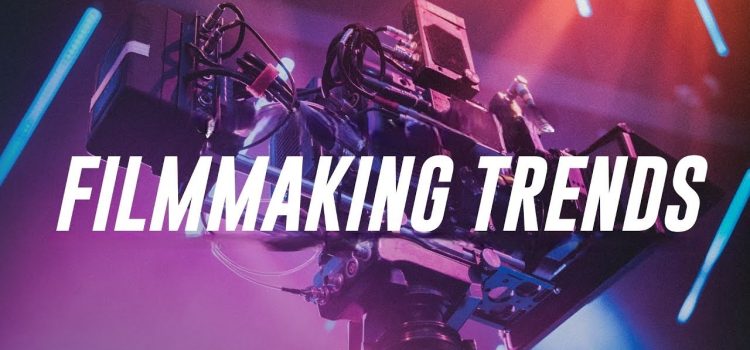
Introduction
Filmmaking is changing quickly, with new technologies and trends making it easier and faster to create movies. As we move into 2024, several exciting innovations are shaping the way films are made and enjoyed. These new tools offer filmmakers more creative freedom and give viewers an even better movie experience. Let’s look at seven important filmmaking technologies and trends that are making waves this year.
Top 7 Filmmaking Technologies and Trends
1. AI (Artificial Intelligence) in Filmmaking
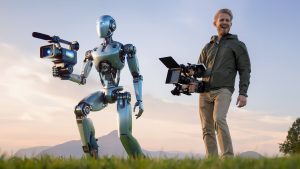
AI is becoming an important tool in filmmaking. It helps in many ways, from writing scripts to editing films. AI can help create new story ideas or even write parts of a script. It can also help speed up editing by sorting through footage and picking out the best shots. AI is also being used in visual effects to create realistic digital versions of actors for certain scenes.
Why It Matters:
- Faster editing and post-production.
- Cheaper visual effects.
- More accessible for independent filmmakers.
2. Virtual Production and LED Screens
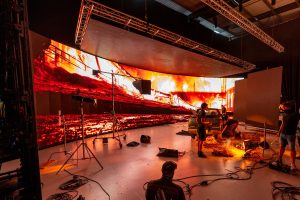
Virtual production uses large LED screens to create realistic backdrops for scenes. This technology allows filmmakers to combine real-world filming with digital environments. Shows like The Mandalorian use this technique to film scenes that would be difficult to shoot on location. This approach saves time and money by using digital sets instead of traveling to different locations.
Why It Matters:
- Reduces location costs.
- Gives filmmakers more control.
- Makes visual effects look more realistic.
3. 3D Audio and Immersive Sound
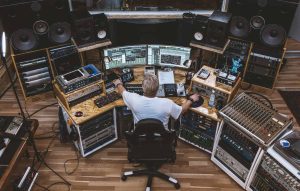
3D audio creates a more immersive sound experience by making sounds seem like they come from all around you. This technology is especially popular in virtual reality (VR) films and high-quality streaming services. With 3D audio, sound becomes part of the story, helping viewers feel more connected to the film.
Why It Matters:
- Makes the film experience more emotional.
- Adds to the feeling of being inside the story.
- Essential for VR and AR films.
4. Cloud-Based Filmmaking
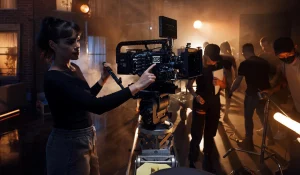
Cloud-based filmmaking is all about using the internet to store, edit, and share film content. Filmmakers can work on movies together from anywhere in the world, without needing to be in the same location. The cloud allows easy access to film files, making collaboration simpler and faster.
Why It Matters:
- Makes working with a team from different locations easier.
- Saves on physical storage space.
- Offers more flexibility for filmmakers.
5. AR (Augmented Reality) and Interactive Cinema
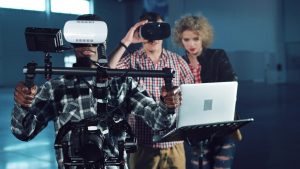
Augmented reality (AR) adds digital elements to the real world, creating interactive movie experiences. With AR, filmmakers can blend real and digital scenes in new ways. This trend is also seen in interactive cinema, where viewers get to choose how the story unfolds, like in Black Mirror: Bandersnatch.
Why It Matters:
- Offers viewers a chance to influence the story.
- Makes the experience more engaging.
- Combines AR with traditional movie-making.
6. High Frame Rate (HFR) Filming
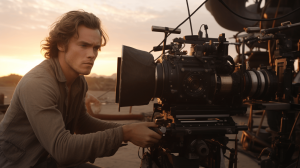
High Frame Rate (HFR) filming captures video at a higher frames-per-second rate than the usual 24 FPS. This makes scenes look smoother and more lifelike. HFR is especially useful for action-packed movies and 3D films. While some people love it, others believe it can make movies feel less cinematic.
Why It Matters:
- Creates a smoother, more realistic look.
- Perfect for action scenes and 3D films.
- Some filmmakers find it challenging to balance with artistic style.
7. Deep Learning and Visual Effects

Deep learning is a type of AI that helps create better visual effects (VFX). It can automate some tasks that used to take a lot of time, like isolating objects from a background. This helps filmmakers create more complex effects more quickly and cheaply.
Why It Matters:
- Reduces time and cost in VFX production.
- Makes visual effects look more realistic.
- Helps smaller studios compete with larger ones.
The Use of Drones in Filmmaking
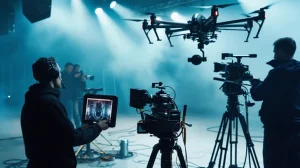
Drones are becoming popular in filmmaking because they offer a new way to capture stunning aerial shots. Filmmakers can use drones to film from the sky, capturing wide views of landscapes or cities. This allows for more creative shots that would have been difficult or expensive to get before. Drones are also cheaper than using helicopters, making aerial filming more affordable for smaller studios or independent filmmakers.
Filmmaking Technologies Helping Independent Filmmakers
New technologies are making it easier for independent filmmakers to create high-quality films without big budgets. Tools like AI for editing, virtual production for digital sets, and cloud-based collaboration are all available at lower costs now. These technologies allow smaller studios to compete with bigger ones by giving them access to tools that were once out of reach. As a result, more independent films are being made, which brings fresh and unique stories to the screen.
The Growth of Interactive Storytelling
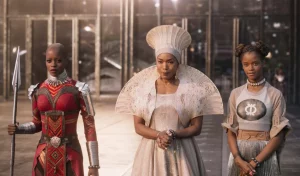
Interactive storytelling is a new trend where viewers get to make decisions that change how the story goes. Some movies and shows now let viewers choose the direction of the plot, creating a more personal experience. This trend is growing with the use of digital tools, and it could become more common in the future. Interactive films can keep the audience more engaged by giving them the power to influence the story.
The Role of Virtual Reality in Filmmaking
Virtual Reality (VR) is an exciting technology that allows filmmakers to create immersive experiences. With VR, viewers can feel like they are inside the movie, exploring different worlds and interacting with the characters. This technology is changing how stories are told by putting the audience in the middle of the action. Filmmakers can use VR to create experiences that are both thrilling and engaging, taking the audience on a journey they can’t get from traditional films.
The Growth of Augmented Reality in Films
Augmented Reality (AR) is another technology that blends the real world with digital elements. In filmmaking, AR can be used to add digital objects or characters to real-world footage. For example, a filmmaker could add a digital monster to a real scene, making it look like the monster is interacting with the environment. This technology is becoming more common in movies and is giving filmmakers new creative ways to enhance their storytelling.
The Power of 3D Printing for Set Design
3D printing is a technology that allows filmmakers to create models, props, and even set pieces quickly and cheaply. This can save both time and money compared to traditional set design, where everything has to be built by hand. With 3D printing, filmmakers can print out objects directly from a computer file, allowing for more precise and detailed designs. This technology is opening new possibilities for filmmakers to create unique and customized items for their films.
How Motion Capture Is Changing Filmmaking
Motion capture (or mo-cap) is a technology used to record actors’ movements and turn them into digital characters. This technology is essential for creating realistic animated characters and special effects. For example, in movies like Avatar, actors wear special suits with markers that track their movements. These movements are then transferred to digital characters, making them seem lifelike. Motion capture allows filmmakers to create amazing visual effects while still using the performances of real actors.
The Impact of Big Data on Filmmaking
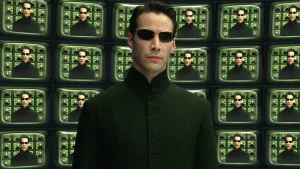
Big data refers to large sets of information that can be analyzed to improve decision-making. In filmmaking, big data is helping producers understand audience preferences, trends, and behaviors. This information can help filmmakers create movies that are more likely to be successful. By looking at what kinds of movies people enjoy, filmmakers can make better decisions about what to create next. Big data is also useful for marketing, as it helps studios know the best way to reach potential viewers.
Challenges of Emerging Filmmaking Technologies
While there are many benefits, there are also challenges when using new filmmaking technologies. For example, some technologies can be expensive to set up, especially for smaller filmmakers. Virtual production requires large LED screens, and deep learning in visual effects requires powerful computers. There are also concerns about job displacement, as some tasks that used to require humans are now being done by AI. Filmmakers must also keep up with the constant changes in technology, which can be difficult.
The Future of Filmmaking Technologies
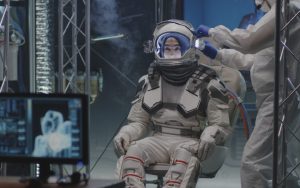
The future of filmmaking technologies looks bright. As technology continues to improve, filmmakers will have even more tools to bring their creative visions to life. New technologies like augmented reality (AR) and interactive cinema are already changing how we experience movies. In the future, we can expect even more advanced AI, better visual effects, and deeper viewer engagement. The possibilities are endless, and these advancements will likely make films even more exciting and immersive for audiences around the world.
Analysis Table of Filmmaking Technologies and Trends
| Technology/Trend | Impact on Filmmaking | Advantages | Challenges |
|---|---|---|---|
| AI in Filmmaking | Helps with writing, editing, and visual effects | Faster production, cost-effective solutions | Ethical concerns (e.g., deepfakes, job displacement) |
| Virtual Production | Combines real and digital sets | More creative control, cheaper | Expensive to set up, requires specialized equipment |
| 3D Audio | Creates immersive sound environments | Heightens emotional experience, more immersive | Requires specialized audio equipment |
| Cloud-Based Filmmaking | Enables remote collaboration and editing | More flexible, efficient, and accessible | Security risks with cloud storage |
| AR and Interactive Cinema | Brings interactive, digital elements to films | Engages viewers more, innovative storytelling | Requires new technology and hardware |
| HFR Filming | Makes films smoother and more lifelike | Realistic motion and action scenes | Can change the feel of a movie, hard for audiences to adjust |
| Deep Learning in VFX | Speeds up and improves visual effects | Saves time and costs, higher-quality VFX | Requires powerful computers, may be hard to learn for new users |
Comparative Table: Traditional vs. Emerging Filmmaking Technologies
| Aspect | Traditional Filmmaking | Emerging Filmmaking Technologies |
|---|---|---|
| Production Time | Takes longer due to manual work and location shooting | Faster with AI and cloud-based tools |
| Cost | Expensive, especially for locations and physical sets | Cheaper with digital sets and cloud tools |
| Visual Effects | Handcrafted VFX, requiring many resources | Automated VFX with AI, quicker and cheaper |
| Collaboration | Requires in-person meetings and on-site work | Remote collaboration through the cloud |
| Audience Engagement | Passive watching experience | Interactive, where viewers can influence the story |
Conclusion
Filmmaking is going through exciting changes as new technologies continue to shape how movies are made. AI, virtual production, 3D audio, and many other innovations are making films faster, cheaper, and more engaging. These technologies not only help filmmakers create stunning visuals but also give viewers a more immersive experience. As technology keeps advancing, the future of filmmaking is full of new possibilities, offering audiences fresh ways to experience their favorite stories. Whether you’re a filmmaker or a movie lover, it’s a great time to watch how these trends unfold.








